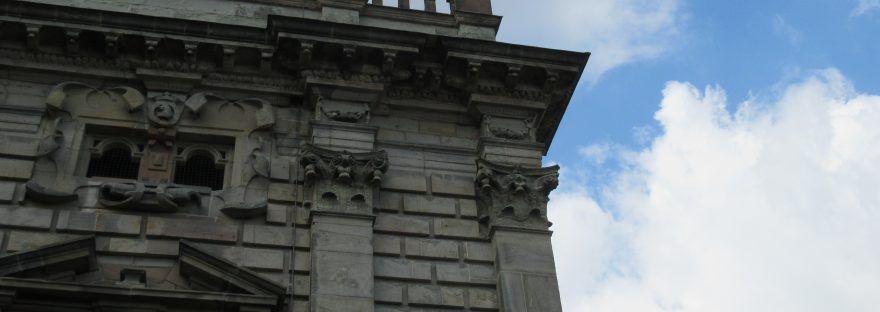During my visit to the newly reopened Nottingham Castle I spotted a few clues that point to the architect who originally transformed the ruined Ducal Palace into the first municipal art gallery outside London.
But does anything remain of “The Midland Counties Art Museum at Nottingham”?
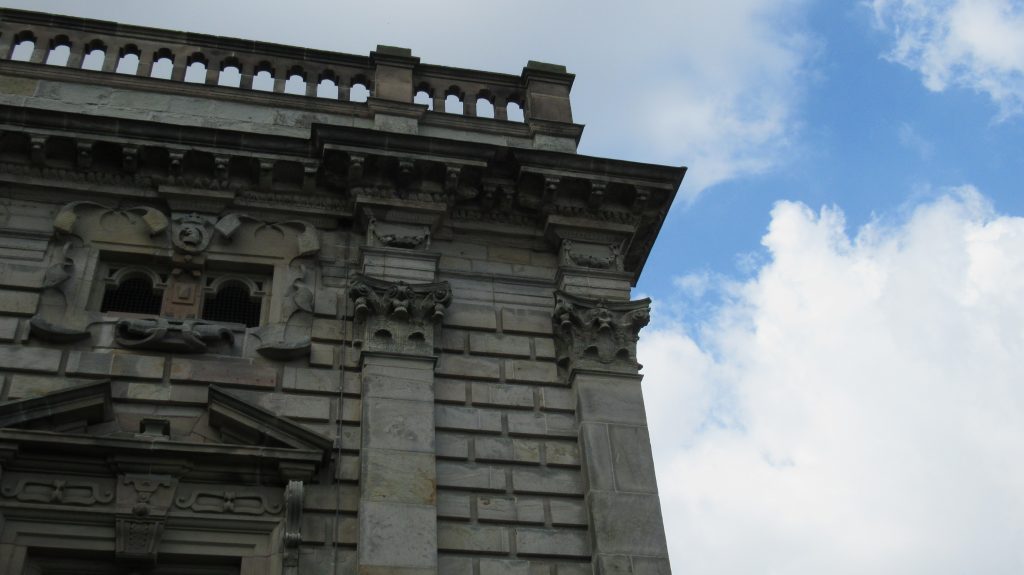
Nottingham Castle’s new Rebellion Gallery does a dynamic job of telling the story of how Nottingham Castle as we know it has survived a turbulent history – from the demolition of the Norman fortress by Oliver Cromwell after the Civil War to the damage caused by protesters against the 1831 Reform Bill, when the Riot Act was read and the Duke of Newcastle’s Palace was torched – but what happened next?
Thomas Chambers Hine, prominent architect of Victorian Nottingham and the 5th Duke of Newcastle’s Surveyor of Estates, took it upon himself (along with his son George Thomas Hine) to transform the gutted shell of the building into a Public Museum and Gallery of Art and Science. All the woodwork – floors and staircases – had been destroyed in the fire so Hine added new stone staircases with cast-iron balustrades and the three floors of the palace were replaced with two, cutting through the old staterooms.
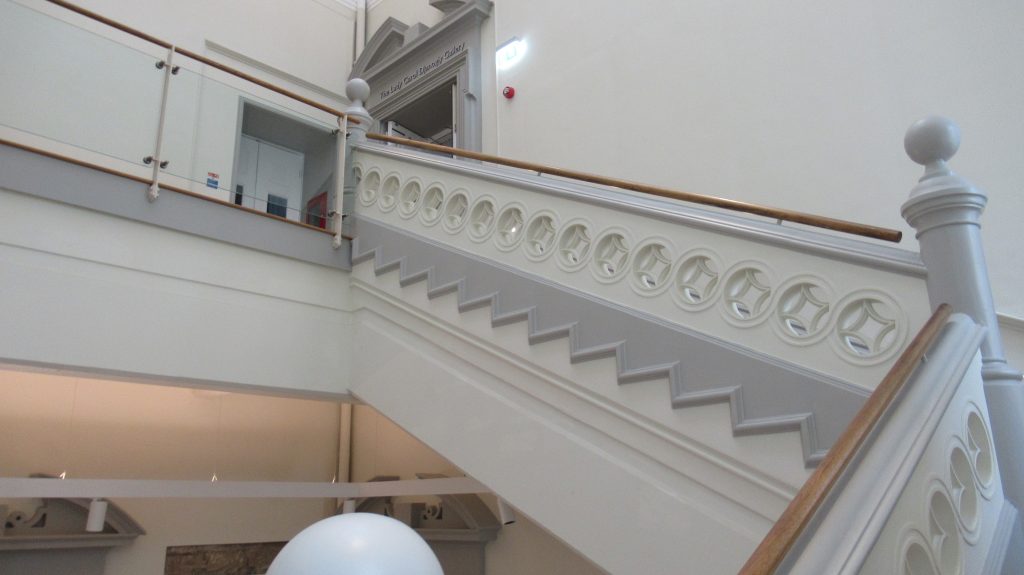
The top lit picture gallery was modelled on the Grand Gallery of The Louvre.
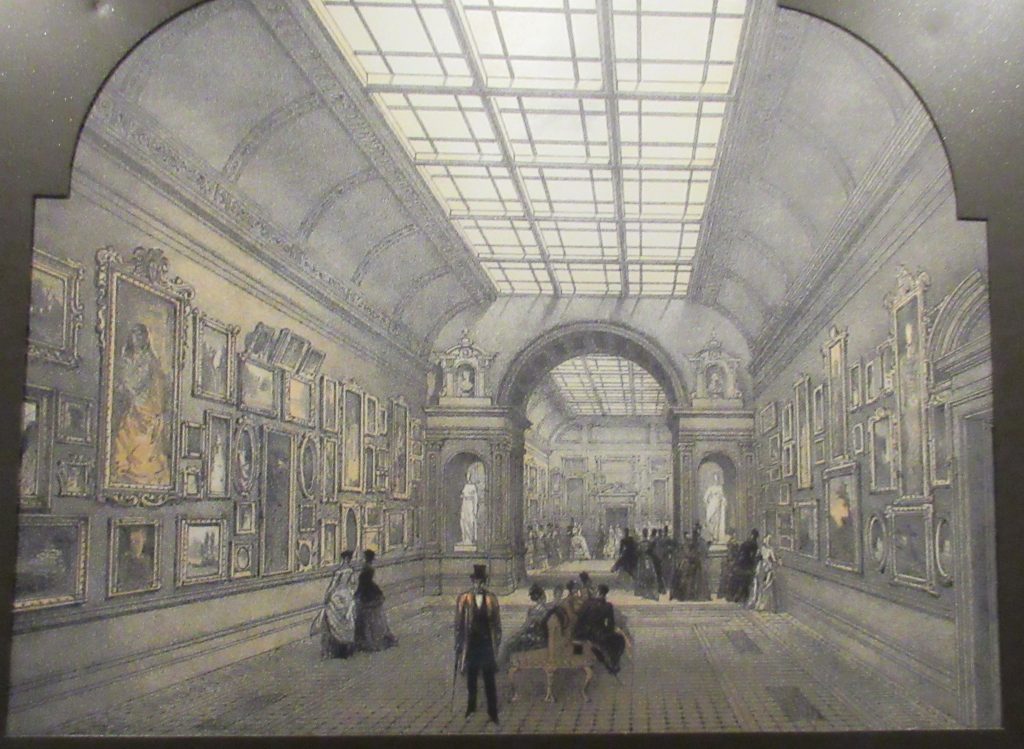
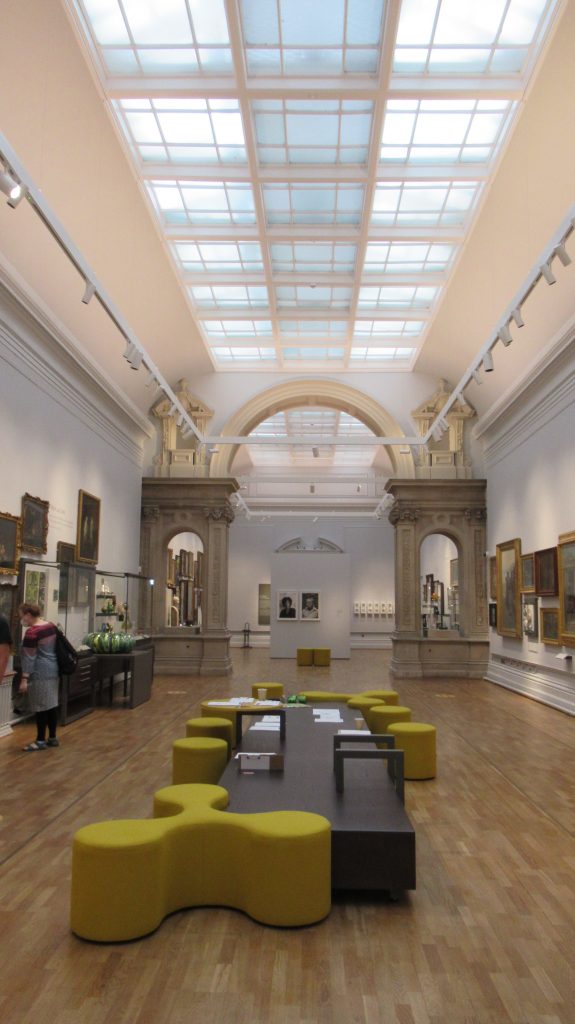
The Midland Counties Art Museum At Nottingham was opened by Albert Edward, Prince of Wales (Later King Edward VII)and his wife, Princess Alexandra on 3rd July 1878 and the occasion was marked with a royal procession through The Park Estate.
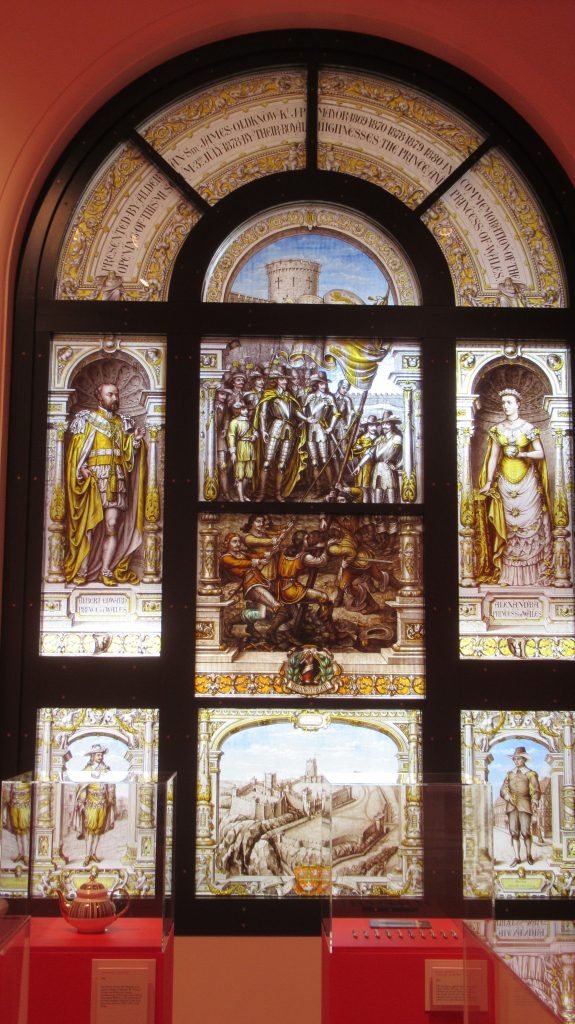
TC Hine had a fondness for local history and published a book to mark the occasion, it detailed each phase of the building’s history and was entitled: ‘Nottingham Its Castle, A Millitary Fortress, A Royal Palace, A Ducal Mansion, A Blackened Ruin, A Museum and Gallery of Art’. It was published in two editions, the first in 1876 and a second in 1879 with a supplement covering the Royal Visit.
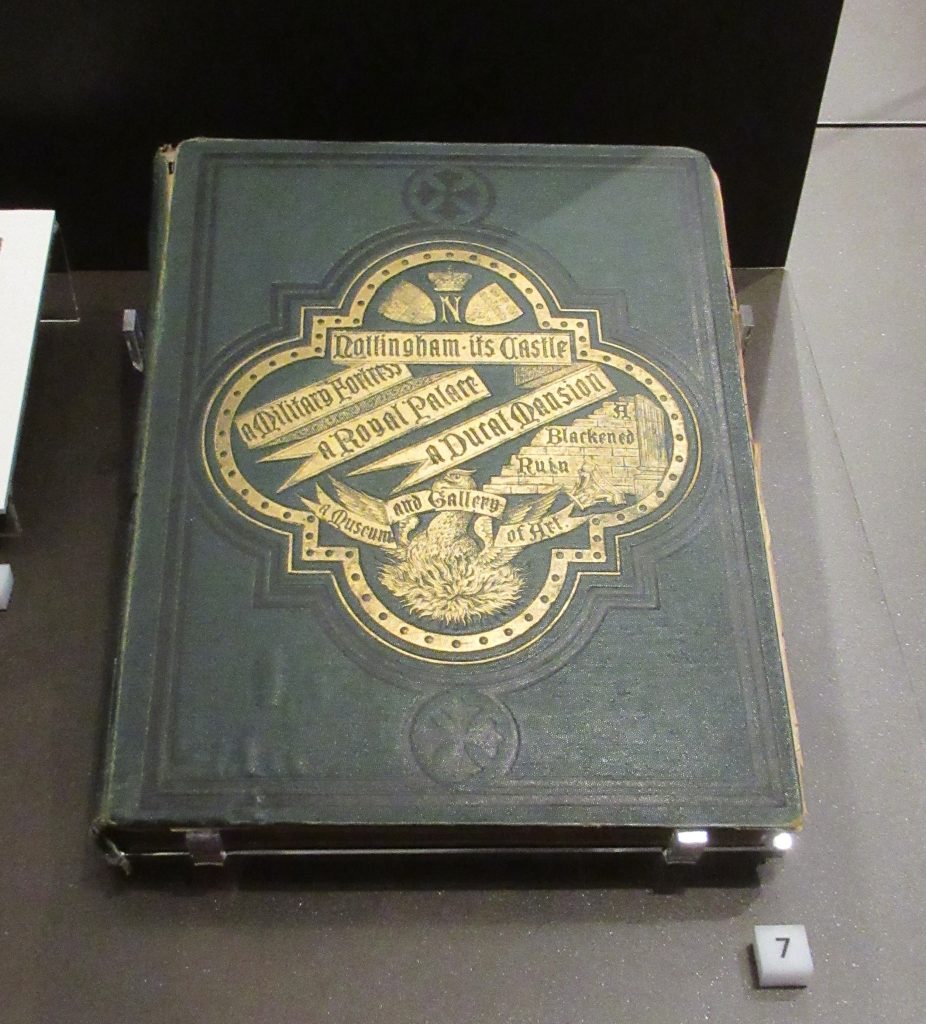
Thanks to Google Books you can browse the pages of the book and look at some of the illustrations. (A copy is also available at Bromley House Library). In the book, “a labour of love”, Hine recounts the history of the Castle through the reign of each successive English monarch, notes significant incidents in the history of Nottingham and even lays claim to be the person who found the spiral stairs leading to the cave known as Mortimer’s Hole. As he goes through a timeline of the years, he notes important events, population figures and makes note of the buildings being built in the town. The book is almost a scrapbook (which is how it is described in the exhibition) although it actually contains printed pictures that have been stuck into each copy rather than the plates being directly printed onto the pages.
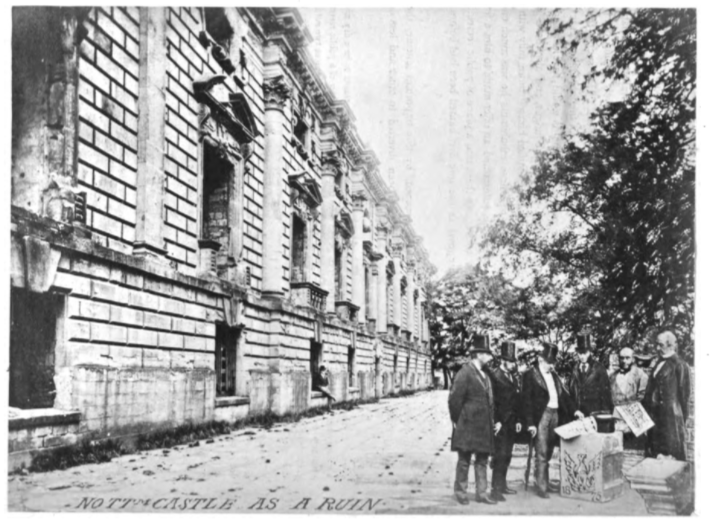
Nottingham Castle as a ruin, 1876 from Nottingham, Its Castle…” by TC Hine. Source: Google Books.
The deaths of notable personages are recorded and Hine describes buildings including the Nottingham Exchange, “standing as it does on the finest site in all England”, expressing the opinion that the building looked more like a “large retail establishment” than a public building fit to host the “Midland Counties Art Exhibition in connection with the South Kensington Museum”. He also describes the colonnades which distinguish Nottingham’s Market Place, even suggesting that they be developed as a feature, like the covered walkways of Bologna!
All in all, Hine’s book is a treasure trove of historical incidents and as he reaches years covered by his own lifetime, he notes the activities of other Nottingham architects as well as his own.
In summing up he compares the Castle, standing as it does upon a rock, to “the Acropolis at Athens or the Capitol of Rome”, and expresses the hope that ‘beauty and refinement “sweetness and light”‘ will arise from use of the Castle as a gallery and museum.
And so, we too must hope that in its latest incarnation, Nottingham Castle will continue to be such a beacon of “higher and nobler aspirations of the human mind.”

To learn more about Thomas Chambers Hine and his buildings in Nottingham, join Lucy for her guided tour, The Hine Hike. The next date is 29 August 2021.
Tickets for this and all over events available on Eventbrite.

